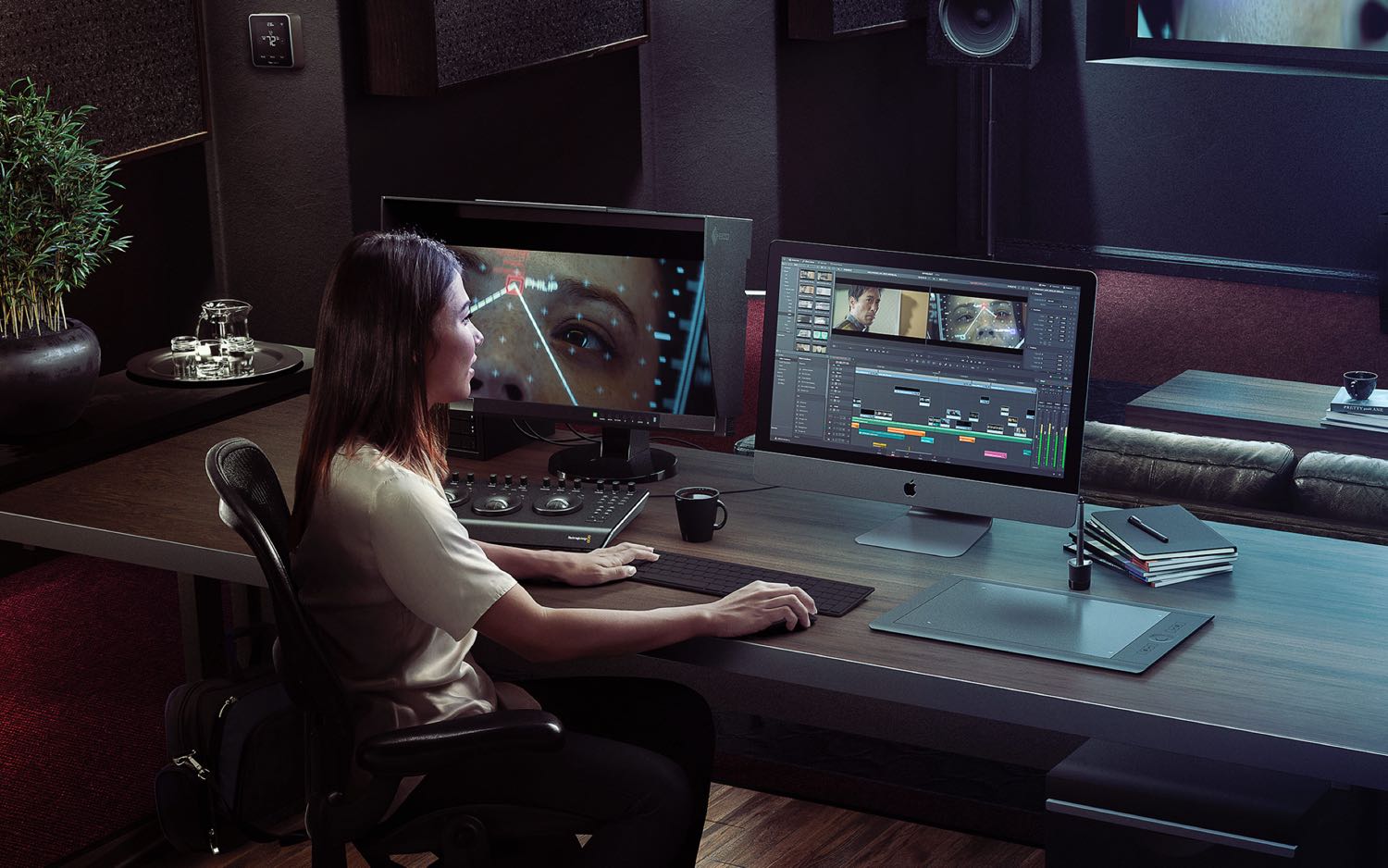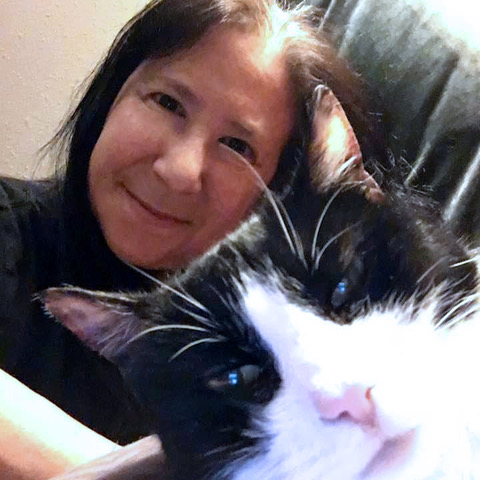Tom's Guide Verdict
Though this software comes with a bit of a learning curve, advanced amateur filmmakers will appreciate the depth of DaVinci Resolve's features.
Pros
- +
Cross platform for Mac, Windows and Linux
- +
Free with no limits or watermarks
- +
Intuitive interface for most routine functions
- +
Exquisitely deep app for color grading, compositing and audio production
Cons
- -
A powerful computer is needed for high-end graphics functions
- -
Learning curve for advanced features
- -
No direct export to social media
Why you can trust Tom's Guide
Designed initially for commercial filmmakers, the free version of Blackmagic Design's DaVinci Resolve retains many powerful tools.
With the addition of Fusion, previously a stand-alone visual effects and motion-graphics application, DaVinci Resolve 15 includes four high-end video-production modules for editing, color correction, audio production, and video effects and motion graphics. If you can get through its learning curve, DaVinci is one of the best free video editing software programs with some truly advanced features.
Editor's note: DaVinci Resolve is now on version 16; for the latest, please check out our DaVinci Resolve 16 review.
DaVinci Resolve 15: What's new
We previously reviewed DaVinci Resolve 14, so this update covers only new features added since then. While we review the free version, a Studio version for $300 offers the program's complete tool set.
Under the hood, Blackmagic now supports Apple Metal and CUDA acceleration for enhanced GPU performance.

Despite its powerful features, Resolve's basic interface is easy to understand, featuring a classic timeline complete with media pool, effects and sound libraries, audio mixer, inspector, and the potential for unlimited audio and video tracks. Resolve runs on macOS, Windows 10 and Linux and conveniently bundles workspaces for media, editing, color correction, audio effects and visual effects into the main program — essentially an all-encompassing suite.
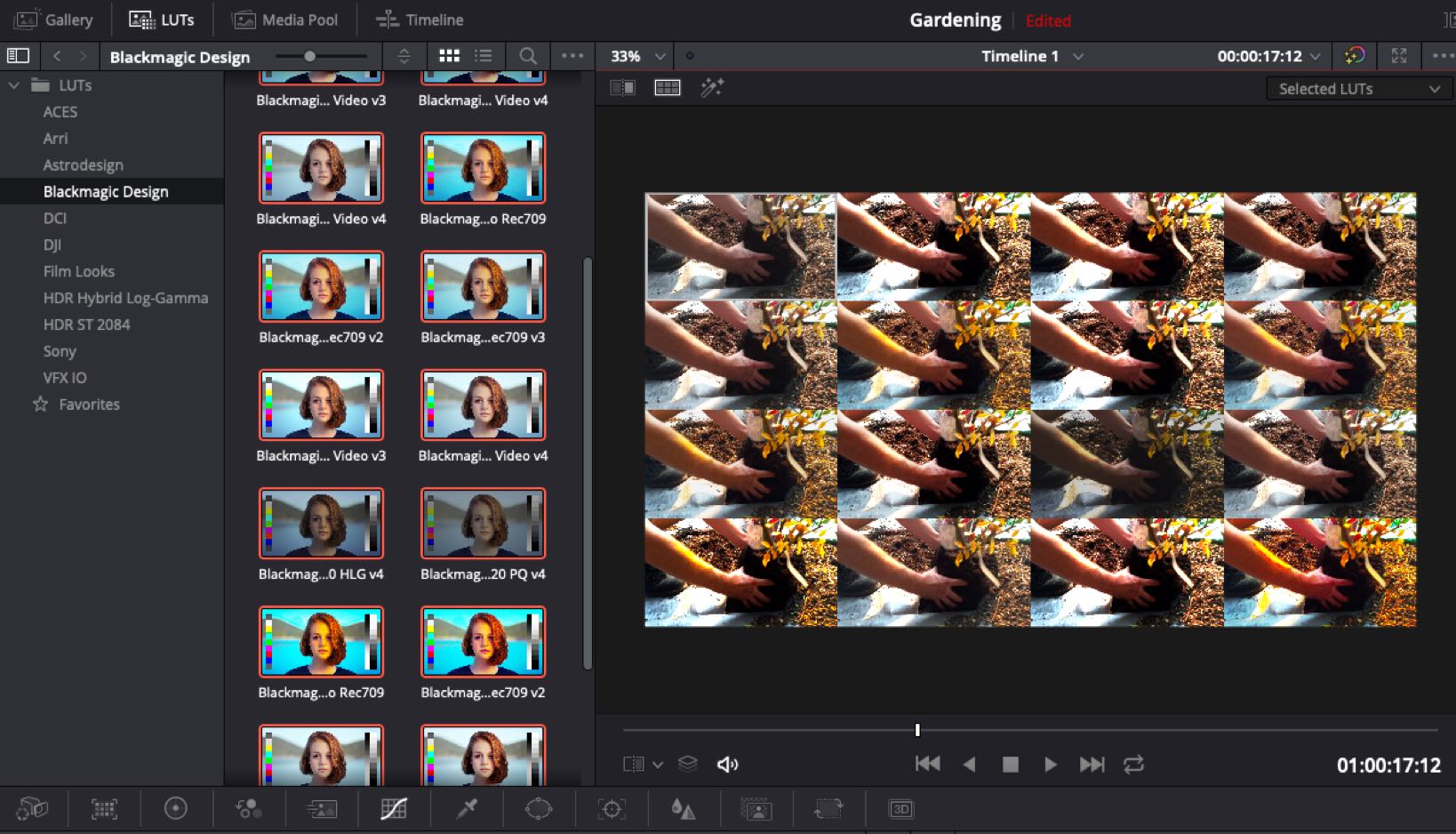
The program also features new audio plug-ins and features, editable page title templates, a color page Lookup Table (LUT) browser, and shared color nodes.
Fusion for VFX
Until now, Fusion was a stand-alone app used alongside Resolve. Now, Fusion has been largely integrated into DaVinci Resolve, which offers a 2D and 3D workspace with hundreds of tools for compositing, painting, creating particle effects, keying, rotoscoping, adding text animation, tracking and performing stabilization. Using Fusion, you can create photo-realistic visual effects, motion graphics and title sequences.
Get instant access to breaking news, the hottest reviews, great deals and helpful tips.
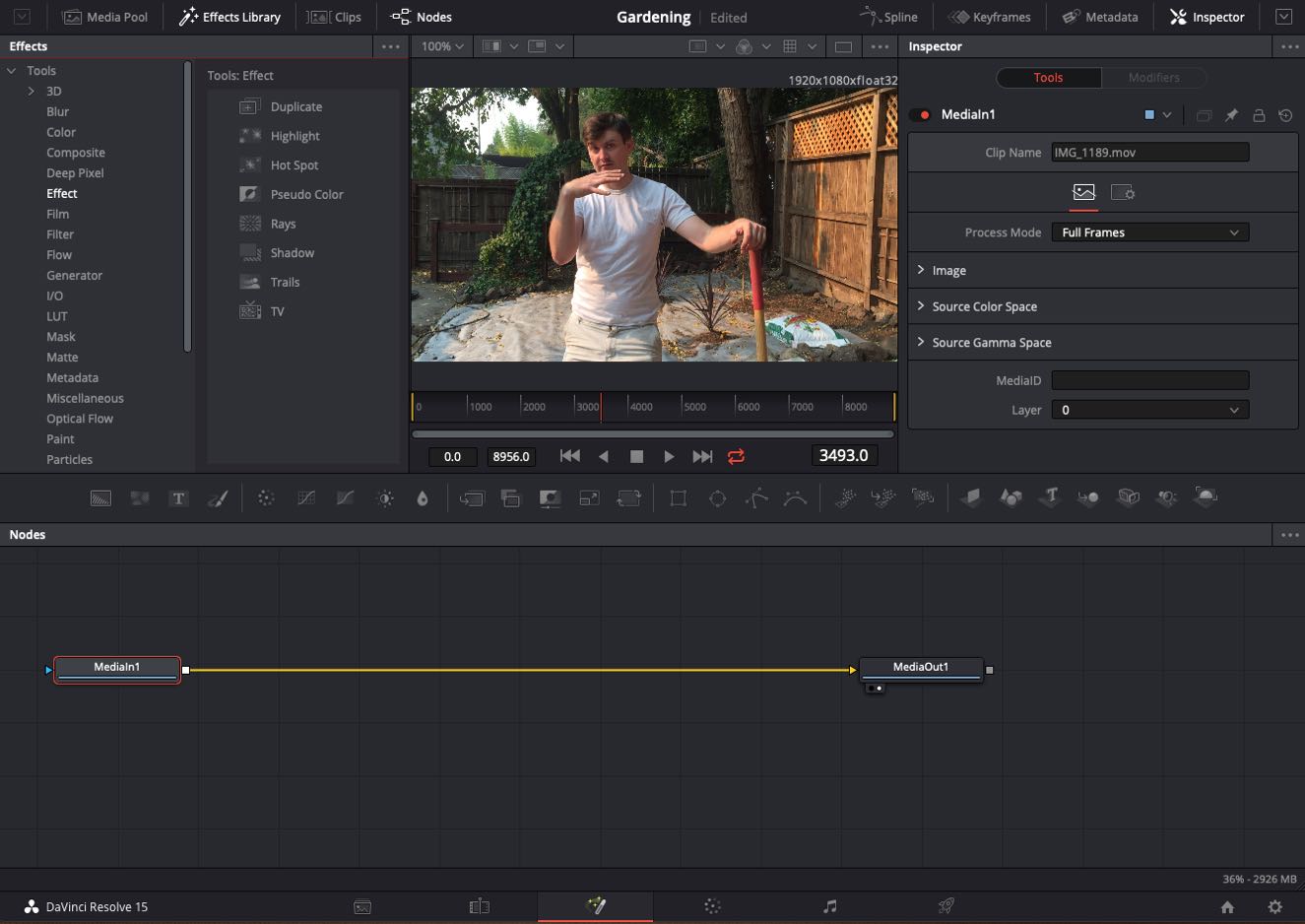
To add visual effects or motion graphics, just open the Edit page, select a clip in the timeline and then click on the Fusion page at the bottom of the window to access Fusion's Lego-like node-based interface.

Nodes are pre-configured sets of instructions that you can attach to your clips for color correction, special effects, text effects, 3D effects, film effects, generators, masks and more. Each node has a discrete function, so as you layer different effects into your composition it's easy to see how each effect mixes with the others and easy to swap out effects you don't like.

Nodes can be intimidating to newcomers. However, because previous versions of Resolve already use nodes within the Color page for layering clips and color-correction effects, existing users will find the node interface familiar.

A raft of pre-built, adjustable Fusion titles is available directly in the editor, and they impart slick-looking animated and 3D text effects on any video.
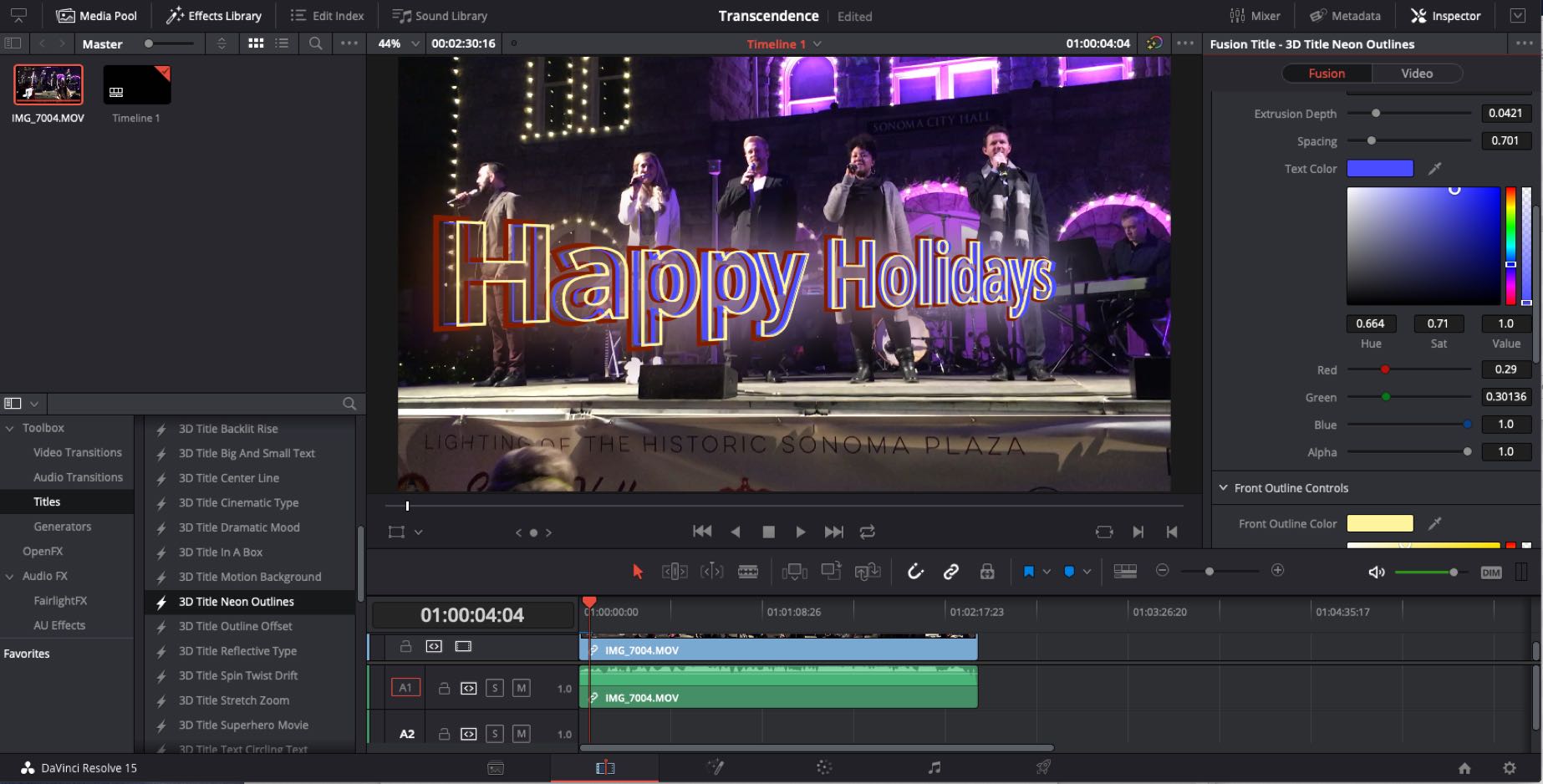
Nodes start out pretty simple, but they take some getting used to. You can tangle yourself into knots as you add more- and more-complex structures to your video.
Fairlight audio effects
Version 15 of Resolve includes 12 new audio effects, including plug-ins for repairing audio, adding effects, and simulating concert halls and other venues. The Chorus plug-in modulates and sweetens the sound, particularly for music. The De-Esser repair plug-in specifically removes harsh S sounds from speech. The De-Hummer tackles annoying electronic humming noise from the environment or instruments.
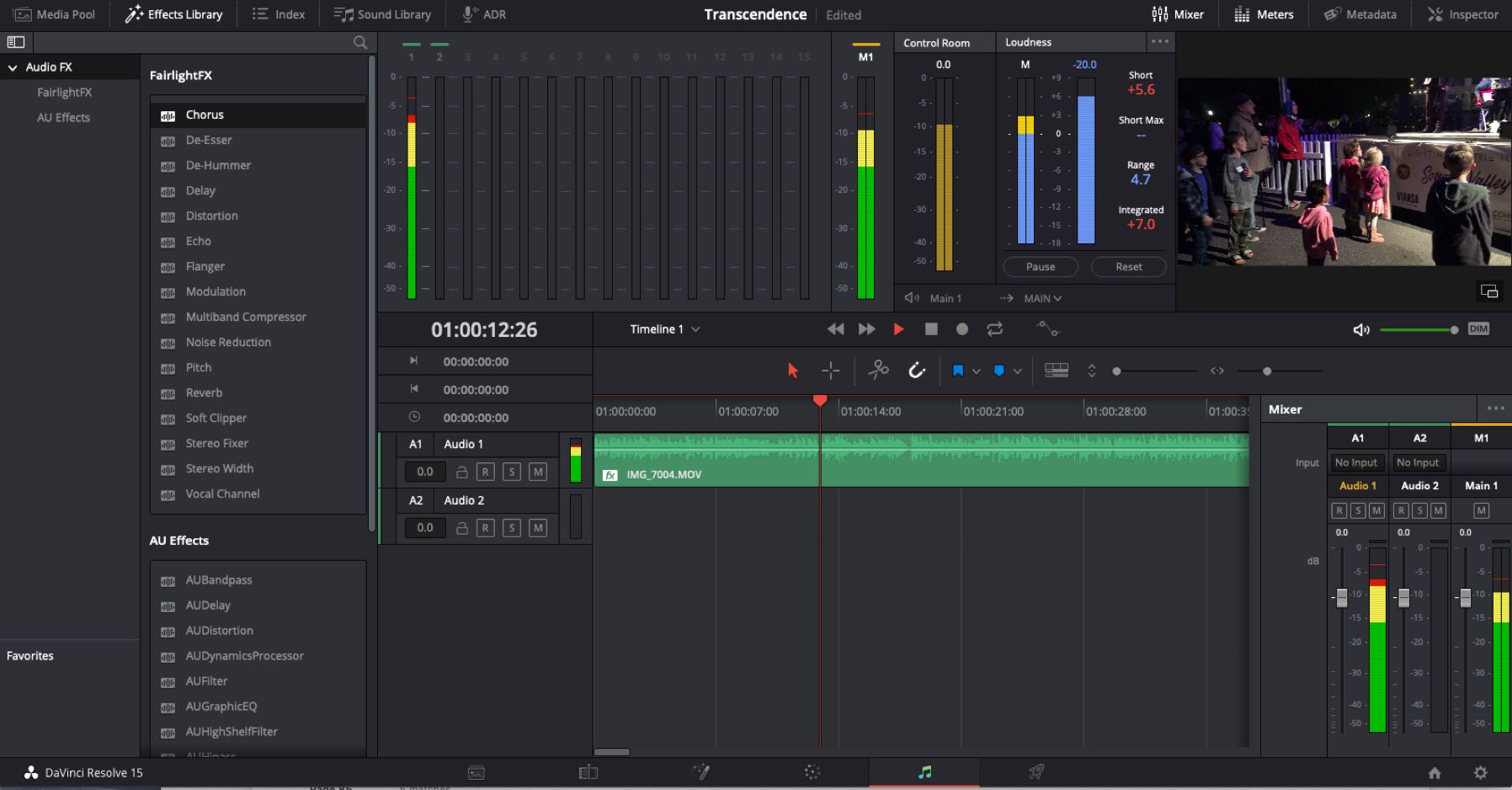
The Echo and Delay plug-ins are somewhat similar, in that you can have copies of your original audio play back at different points in the timeline. The Distortion plug-in lets you monkey with the audio so that it sounds damaged or as if it were being transmitted through bad speakers, telephones or old recording devices.
MORE: The Best Cheap (or Free) Video Editing Software
The remaining new effects and repairs — Flanger, Noise Reduction, Reverb, Pitch, Stereo Width and Vocal Channel — all offer plenty of ways to experiment as you listen in real time, with each effect opening to an adjustable palette.

But that's not all. DaVinci Resolve 15 offers new automated dialogue-replacement (ADR) tools, normalization, 3D panners, shared sound libraries and more, mostly targeted to pro users.
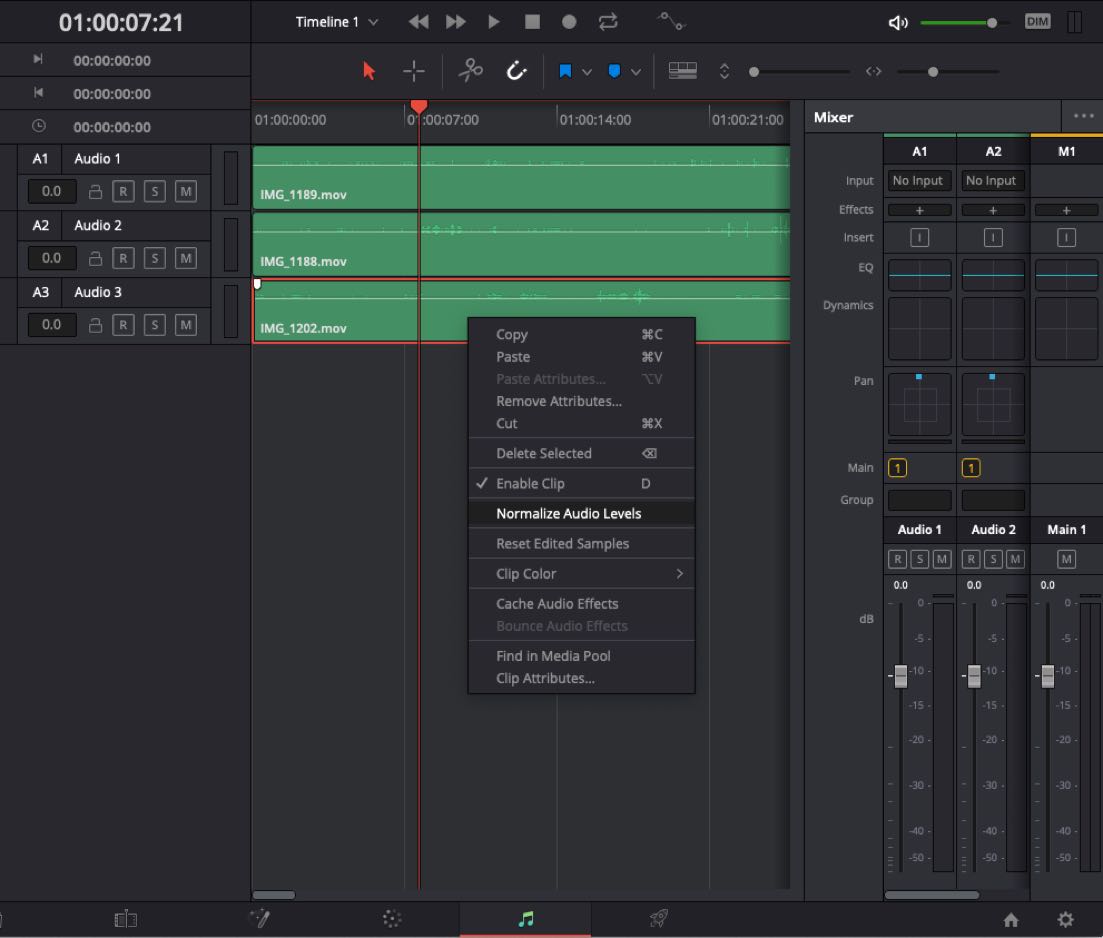
Ease of use
Learning the fine points of DaVinci Resolve comes with a substantial learning curve, especially for the software's pro features. However, the 265-page manual details most of the moves step by step in a conversational tone that demystifies many of the processes involved. The manual is long but worth the read.
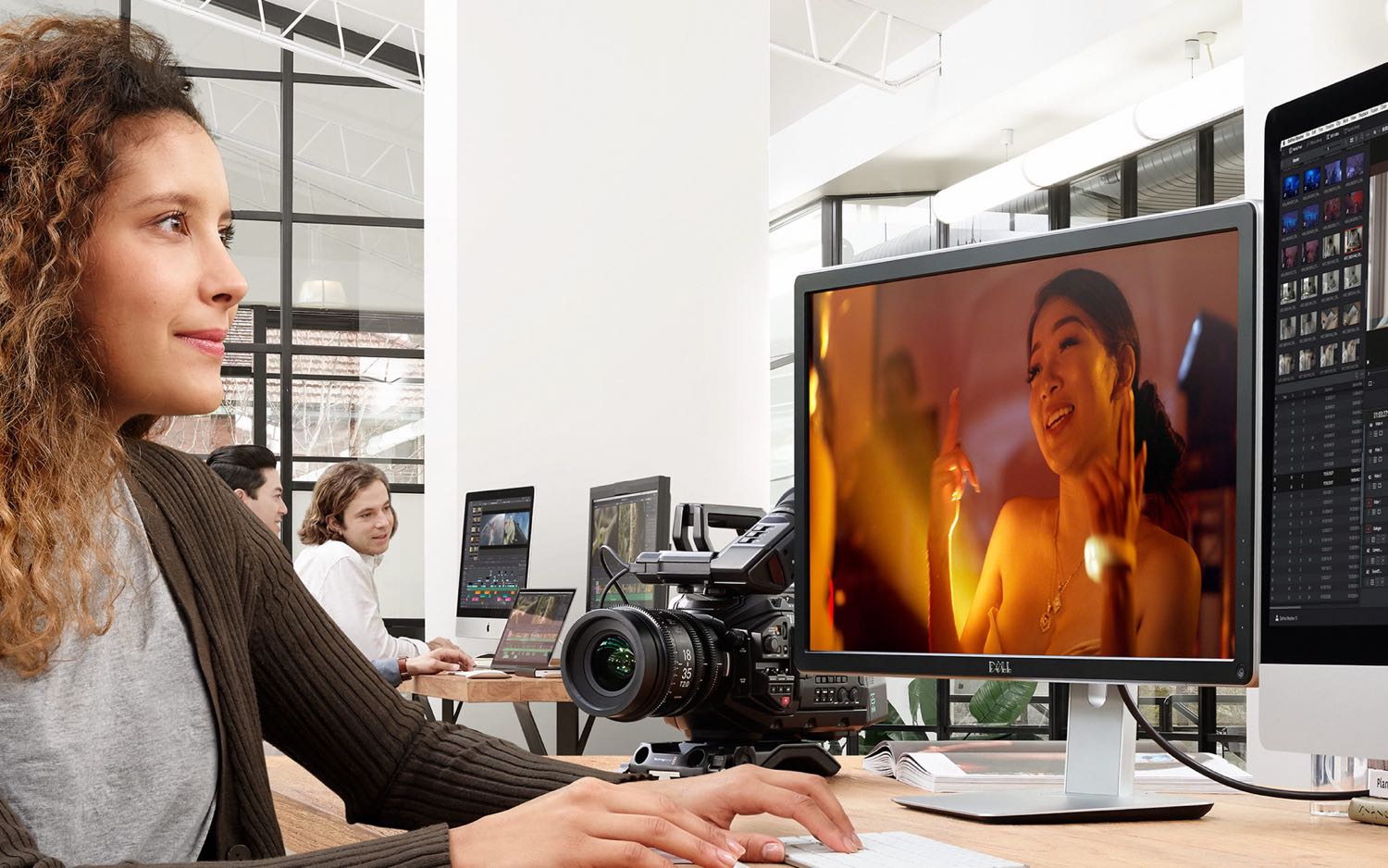
Going through tutorials and the manual requires a hefty time investment that casual users may not be up for. While simple editing moves are intuitive, the sheer volume, variety and complexity of controls available make it easy to click on a mysterious button without realizing its consequences — and then find yourself struggling to return to the previous state. In many cases, a simple Undo, or several in sequence, failed to remove an errant viewer or box that popped up while I was doing something else.
Bottom line
DaVinci Resolve 15 is a pro-level app that's free to use for anyone who wants to give it a try. The Basic features — like creating a project, joining clips together, trimming, adding a soundtrack, and even using color looks for mood and tone — are fairly easy to use. That's true even for beginners because of the app's classic interface. Anything beyond the basics, though, and you'll want to consult the manual.
If your ambitions go no further than doing some casual video editing to share with family and friends on Facebook or YouTube, you would be better off with a more consumer-oriented app, such as HitFilm Express, or even investing $100 in Adobe Premiere Elements.
If you're interested in a career as a video editor, Avid Media Composer | First might be a better choice. Though Avid's learning curve is even steeper than DaVinci's, the vast majority of Hollywood blockbusters use Avid.
Those who fall somewhere in between amateur and pro — such as higher-level enthusiasts or art and feature filmmakers — will find that investing the time to delve deeply into DaVinci Resolve reaps rich benefits.
Credit: Jackie Dove/Tom's Guide
Jackie is an obsessive, insomniac tech writer and editor in northern California. A wildlife advocate, cat fan, and photo app fanatic, her specialties include cross-platform hardware and software, art, design, photography, video, and a wide range of creative and productivity apps and systems. Formerly senior editor at Macworld and creativity editor at The Next Web, Jackie now writes for a variety of consumer tech publications.
